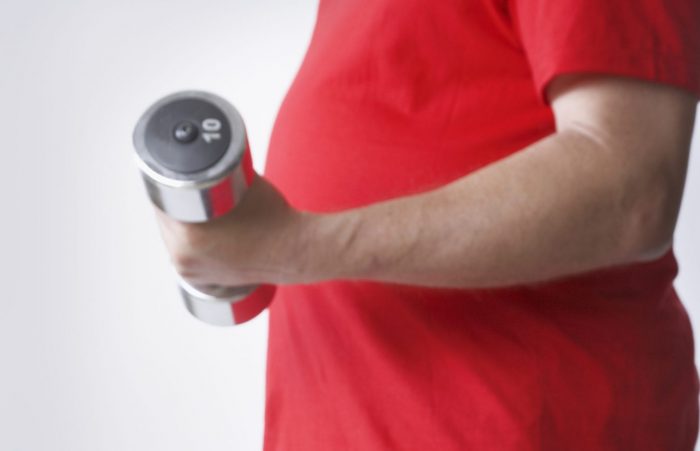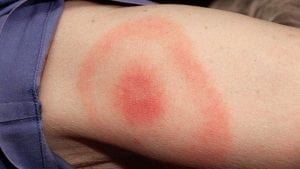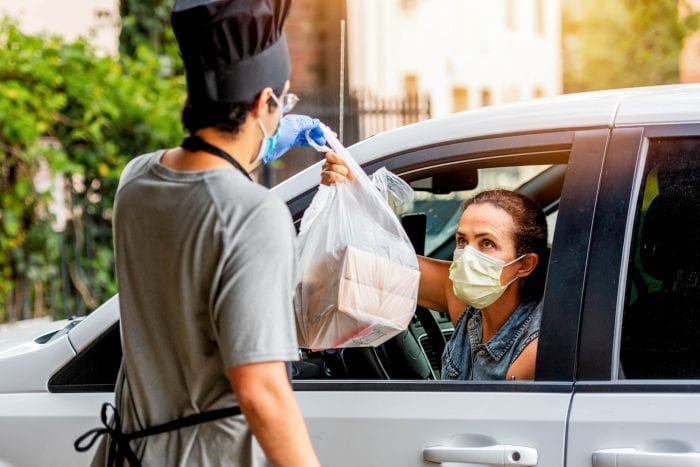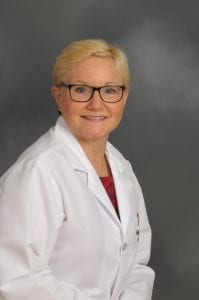The right motivators might be as important as dietary changes
By David Dunaief, M.D.
Excess weight has consequences, including chronic diseases such as cardiovascular disease, diabetes, osteoarthritis, autoimmune diseases and a host of others. Weight also has an impact on all-cause mortality and longevity.
In theory, losing weight should be simple: if we burn more kilocalories (energy) than we take in, we should lose weight. However, it is much more complicated.
Among factors that result in weight loss (or not) are stress levels. High stress levels can contribute to metabolic risk factors such as central obesity with the release of cortisol, the stress hormone (1). In this case, hormones contribute to weight gain.
It is hotly debated as to which approach is best for weight loss. Is it lifestyle changes with diet and exercise, medical management with weight loss drugs, surgical procedures or even supplements? The data show that, while medication and surgery may have their places, they are not replacements for lifestyle modifications; these modifications are needed no matter what route you follow.
But the debate continues as to which diet is best – for both weight loss and overall health. Let’s look at the evidence.
Low-carbohydrate vs. low-fat diets
Is a low-carbohydrate, high-fat diet a fad? In the publication of a 12-month randomized controlled trial (RCT), results showed that a low-carbohydrate diet was significantly better at reducing weight than low-fat diet, by a mean difference of 3.5 kg lost (7.7 lb), even though calories were similar and exercise did not change (2).
The authors also note that the low-carbohydrate diet reduced cardiovascular disease risk factors in the lipid (cholesterol) profile, such as decreasing triglycerides (mean difference 14.1 mg/dl) and increasing HDL (good cholesterol). Patients lost 1.5 percent more body fat on the low-carbohydrate diet, and there was a significant reduction in the inflammation biomarker C-reactive protein (CRP). There was also a reduction in the 10-year Framingham risk score, which estimates cardiovascular risk. However, there was no change in LDL (bad cholesterol) levels or in truncal obesity in either group.
There were 148 participants, predominantly women with a mean age of 47, none of whom had cardiovascular disease or diabetes, but all of whom were obese or morbidly obese (BMI 30-45 kg/m²). Although there were changes in biomarkers, there was a dearth of cardiovascular disease clinical end points, which were not investigated.
Digging deeper into the diets used, it’s interesting to note that the low-fat diet was remarkably similar to the standard American diet; it allowed 30 percent fat, only 5 percent less than the 35 percent baseline for the same group. In addition, it replaced the fat with mostly refined carbohydrates, including only 15 to 16 g/day of fiber.
The low-carbohydrate diet participants took in an average of 100 fewer calories per day than participants on the low-fat diet, so it’s no surprise that they lost a few more pounds over a year’s time.
As David Katz, M.D., founding director of Yale University’s Prevention Research Center, noted, this study was more of a comparison of low-carbohydrate diet to a high-carbohydrate diet than a comparison of a low-carbohydrate diet to a low-fat diet (3).
Diet comparisons
Interestingly, in a meta-analysis (group of 48 RCTs), results showed that whether a low-carbohydrate diet (including the Atkins diet) or a low-fat diet (including the Ornish plant-based diet) was followed, there was a similar amount of weight loss compared to no intervention at all (4). Both diet types resulted in about 8 kg (17.6 lb) of weight loss at six months versus no change in diet.
In an accompanying editorial, the author points out that it is unclear whether a low-carbohydrate/high-animal protein diet might result in adverse effects on the kidneys, loss of calcium from the bones, or other potential health risks. The author goes on to say that, for overall health and longevity and not just weight loss, micronutrients found in nutrient-dense foods may be the most important factor.
A Seventh-Day Adventist trial would attest to the benefits of emphasizing a micronutrient-rich, plant-based diet with limited animal protein. It resulted in significantly greater longevity compared to a macronutrient-rich animal protein diet (5).
Psyche
Finally, the type of motivator is important, whatever our endeavors. Weight loss goals are no exception. A published study followed West Point cadets from school to many years after graduation and noted who reached their goals (6). The researchers found that internal motivators and instrumental (external) motivators were very important.
The soldiers who had an internal motivator, such as wanting to be a good soldier, were more successful than those who focused on instrumental motivators, such as wanting to become a general. Those who had both internal and instrumental motivators were not as successful as those with internal motivators alone. In other words, having internal motivators led to an instrumental consequence of advancing their careers.
When it comes to health, focusing on an internal motivator, such as increasing energy or decreasing pain, could ultimately lead to an instrumental consequence of weight loss.
There is no question that dietary changes are most important to achieving sustained weight loss. However, we need to get our psyches in line for change. Hopefully, when we choose to improve our health, we don’t just focus on weight as a measure of success. Focus on improving your health by making lifestyle modifications. This tends to result in a successful instrumental consequence.
References:
(1) Psychoneuroendocrinol. online 2014 April 12. (2) Ann Intern Med. 2014;161(5):309-318. (3) Huffington Post. Sept 2, 2014. (4) JAMA. 2014;312(9):923-933. (5) JAMA Intern Med. 2013;173:1230-1238. (6) Proc Natl Acad Sci U S A. 2014;111(30):10990-10995.
Dr. David Dunaief is a speaker, author and local lifestyle medicine physician focusing on the integration of medicine, nutrition, fitness and stress management. For further information, visit www.medicalcompassmd.com.


















